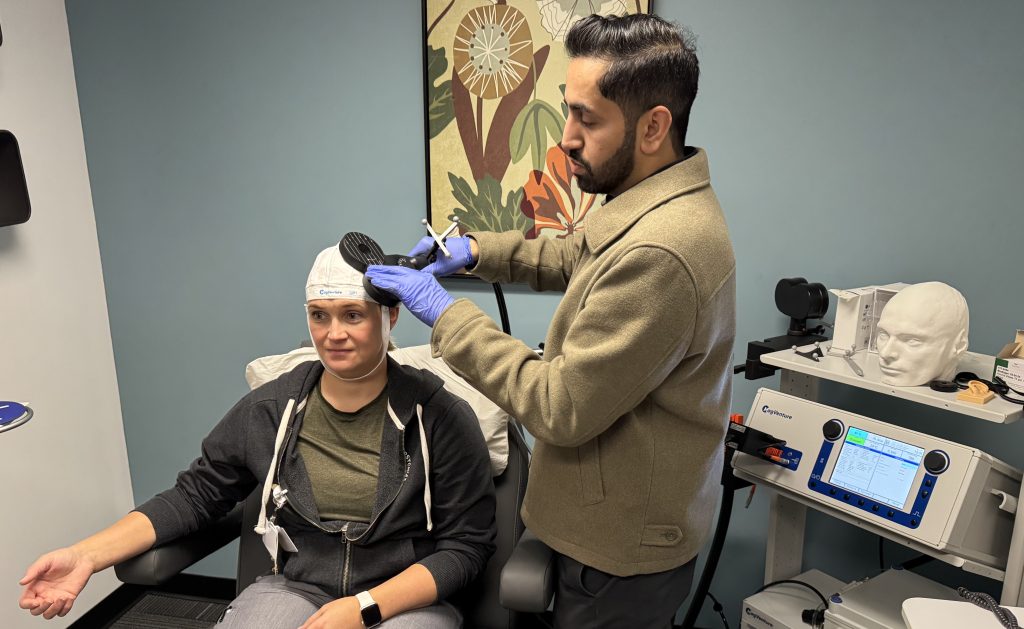Why the lessons we learned in 2020 must propel us forward
An opinion piece by Albert Chan, M.D., M.S., Sutter Health’s Chief of Digital Health
If there’s a silver lining to glean from the COVID-19 crisis, it’s that necessity fueled rapid adoption of virtual care. Digital health has become an essential part of the overall care experience and is destined to play a larger role in providing personal, accessible and coordinated care for the communities we serve.
To ensure we maintain and build on the gains in access to healthcare, we must continue some of the policies that allowed telehealth to flourish during the pandemic. If we don’t, the barriers to patients receiving virtual care and clinicians providing virtual care will return. Policy must catch up to today’s digital health reality.
That’s why Sutter is pleased to support legislation like AB 32 by Assemblymember Cecilia Aguiar-Curry. She’s authored legislation that will make permanent some of the policy changes enacted by the public health emergency declarations, including expanded coverage for California’s Medi-Cal population, ensuring providers participating in Medi-Cal programs receive equivalent reimbursement rates for telehealth services, and adequate reimbursement for different modalities like phone visits.
The pandemic illuminated the gaps in patients’ equitable access to care, and how virtual care plays a vital role closing such gaps. In the first months of the pandemic, Sutter developed a new “Vital Few” program, using our electronic health record (EHR) system to proactively identify at-risk COVID-19 patients and tailor outreach and interventions to vulnerable populations. We’re using these findings to increase education and testing through community partnerships and outreach in the most at-risk neighborhoods.
We’ve also expanded our telehealth work to increase access for outpatient mental health and telepsychiatry, and are continuing to use virtual care to open up a whole new set of options for providing mental health and addiction support. In addition, advanced technologies like virtual symptom checkers and smart tablets for remote monitoring significantly expand access to care and proved especially critical for harder-to-reach communities.
As we move forward in a post-pandemic healthcare landscape, it’s important that we remain mindful of equitable access and not accidentally reintroduce barriers to care. With telehealth becoming a new and emerging medium through which many people are accessing care, we must keep in mind that a regulatory framework must focus on eliminating those gaps in access to care. While virtual care is no substitute for in-person services, telehealth cannot just be an added benefit that only some can afford.
We learned incredibly valuable lessons in the past year:
- In many of our outpatient settings, patient satisfaction rates were on-par with in-person visits or higher, conversion rates have been successful, and our no-show rates were lowered.
- For those living in more rural areas, telehealth removes the barrier of transportation and enables providers to meet patients where it is most convenient.
- Community FQHC partners, who care for many uninsured and lower-income patients, reported that as they implemented their telehealth services, they observed a sizable reduction in no-show rates.
When the pandemic hit, our teams moved quickly to meet the enormous challenge of scaling our telehealth resources.
- We expanded our network’s telehealth program in just six weeks – an undertaking that was originally planned for 2021 and was estimated to take 18-24 months.
- We went from less than 20 telehealth visits a day in 2019 to a peak of 7,000 visits a day since the start of COVID – completing more than 1 million video visits in 2020.
- The substantial 15,370% increase in video visits and training of 5,000 clinicians in telehealth helped provide critical access by serving patients who are hard to reach, meeting rural, telepsychiatry and palliative care needs.
Our work is not done. Just as the growth in telehealth has expanded, so has the need for digital health solutions. After working for a decade to bring digital health capabilities into the patient experience, we are ready to further expand digital health to meet the needs of communities across our integrated network.




